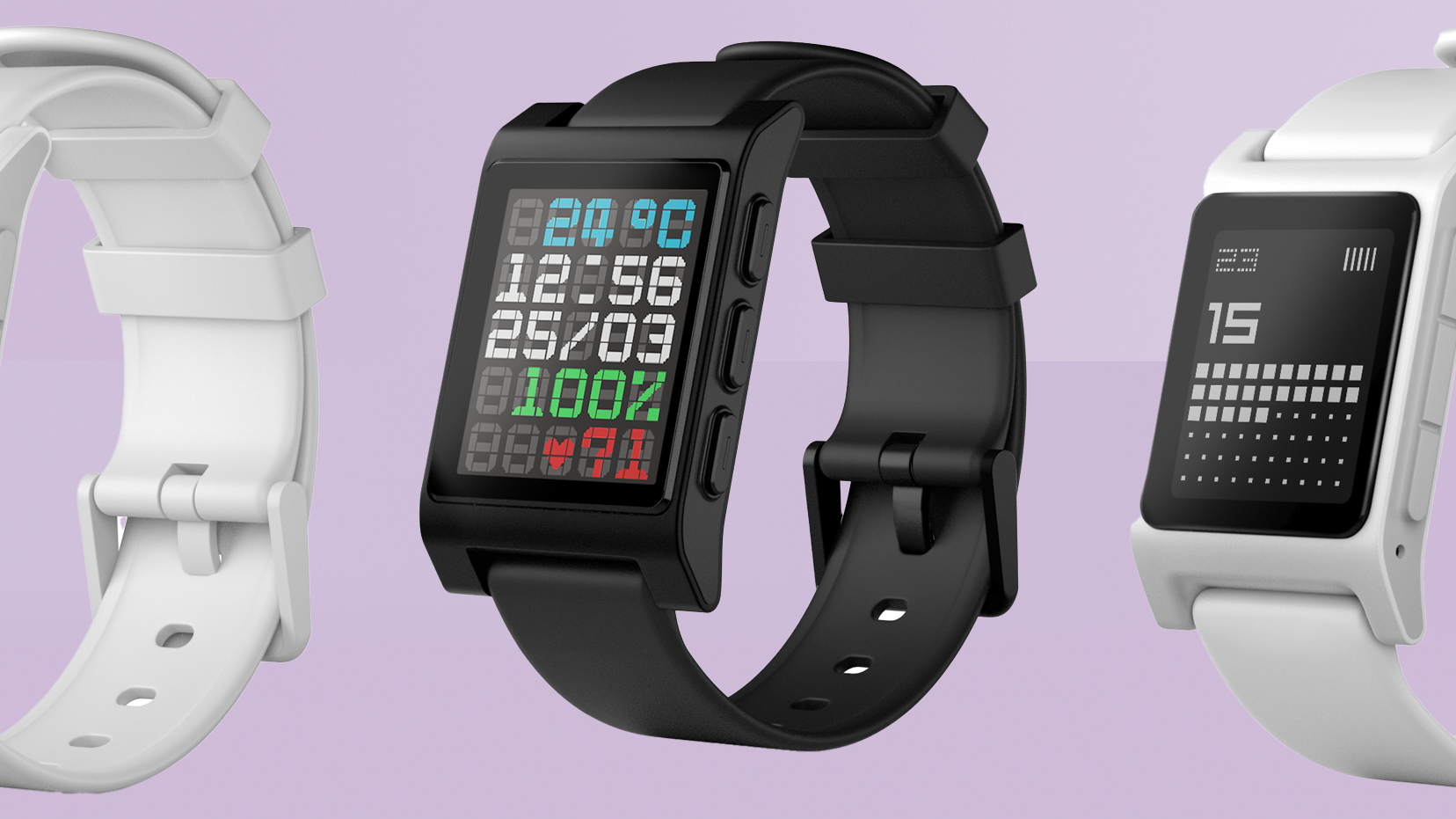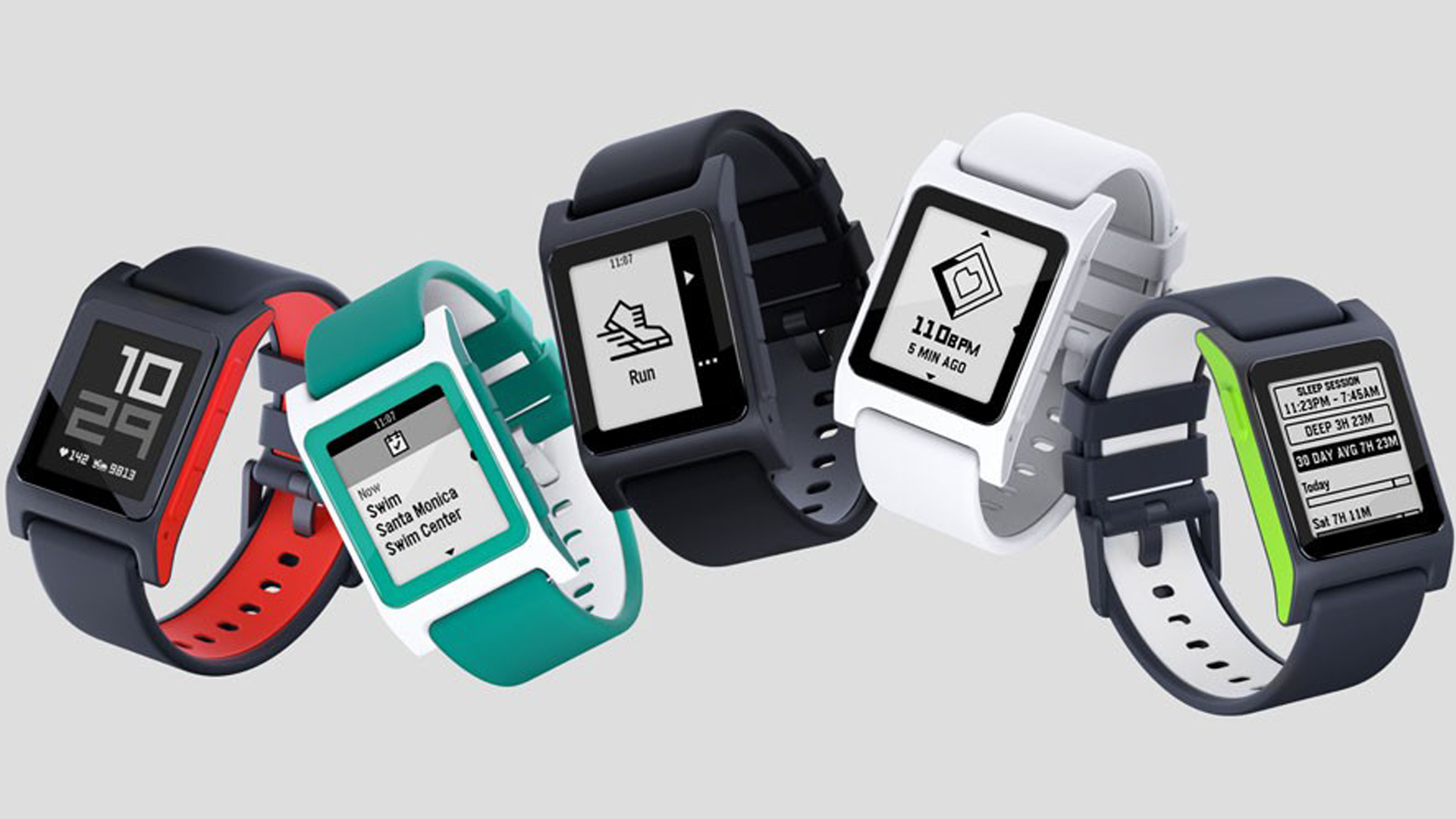
We live in strange times. Even though the smartwatch market has shrunk for the first time ever, we simultaneously have more wearables coming out than ever before.
As someone who reviews smartwatches, triathlon and outdoor watches for a living, I’m painfully aware of just how many new models come out every year. From what I can tell, there is no sign of slowing down.
Not only are companies’ outputs increasing, but the tech included in wearables is also getting more elaborate. These days, smart rings have more functionality than top-tier smartwatches did 10 years ago.
There is more pressure on brands to bring out new models, even if there aren’t any real upgrades. This iterative approach might be the reason for what I call update apathy – people getting less and less enthusiastic about new Apple and Samsung launches due to the lack of tangible innovation year on year.
Some new features, maybe even a new sensor, are added, but nothing significantly alters the core user experience. You’re getting a very similar watch, albeit one with more features than ever before.
The Pebble effect
Enter Eric Migicovsky, the founder of Pebble, a now defunct wearable company that was all the rage in the 2010s. In our Pebble Watch review from 2013, we called it the “smallest, lightest and smartest smart watch to date.”
(We also said that “it's well worth the hassle of frequent recharges [...] until the launch of Apple's solar-powered, virtual reality iWatch at least,” which now sounds hilarious.)
Despite its groundbreaking design, which included an e-ink display, Pebble ran into difficulties and sold its assets to Fitbit in late 2016 for a measly $23 million. Fitbit only needed the brand’s software, and no new Pebble smartwatches were ever released.
Fast forward three years to Google’s acquisition of Fitbit in 2019, and we’re seeing a similar pattern. However, since Google owns Fitbit (which owns Pebble), technically, Google also own the assets Fitbit assimilated when it acquired Pebble.
For a while, the search giant did nothing with these, until January 27, 2025, when Google open-sourced the Pebble operating system (PebbleOS), making its source code publicly available.
On the same day, Mr Migicovsky published a blog post on his website announcing the return of Pebble – or, at least its operating system (and the spirit of the company), as Google still owns the brand. Huzzah!

A new beginning
A genius move, as the open-sourceness of PebbleOS means it can be tailored to any hardware and software out there. Of course, we’re talking about a decade-old code, which, although it has been tweaked, certainly hasn’t been updated properly since then, at least not to the degree that most modern operating systems have been.
This means the hardware that PebbleOS can support is pretty basic. How basic? How about a smartwatch with a 1.2" black/white e-paper screen, polycarbonate frame (black or white), no heart rate monitor, GPS, or any smart features?
If you like the sound of that, you’ll love the Core 2 Duo, one of the two wearables being launched soon by Core Devices, Mr Migicovsky's new brand, for $149. You get a 30-day battery life, step and sleep tracking (not sure how the latter works without a heart rate monitor) and even a microphone and speaker.
The slightly more elaborate Core Time 2 has a heart rate monitor, sports a 1.5" 64 colour e-paper touch screen and a metal frame. The recommended retail price of this model is $225, which is steep considering the Apple Watch SE 2 sells for $250.
One huge advantage of running PebbleOS is that you get access to ‘over 10,000’ Pebble apps and watchfaces supported by the operating system, so you won’t have to worry about not having anything on your smartwatch at launch.
The setup feels very much like Linux computers, where everyone can do whatever they want as long as they know how to code. For example, there is no companion mobile app for Android and iOS as of yet, which means you’ll have to download and install apps and watchfaces from the Pebble webstore.
Nostalgia much?
Are the new Core Devices watches a viable alternative to modern smartwatches? I don’t think people will throw away their Apple Watch to get a Core Time 2, not least because there will only be around 10,00 units available at the beginning.
In an interview with Wired, Mr Migicovsky said, “I’m intentionally trying to build something that’s sustainable, rather than a fast-growing do-or-die company." This fits well with the crowd-sourced apps, watchfaces, and Core Devices’ ethos.
Will this enterprise ever be more than a novelty? It’s hard to say. For now, it certainly is. The smartwatch market is going in the opposite direction from the Pebble founder, and while there certainly is a market that’d be happy to part with their hard-earned cash to have a Core 2 Duo strapped around their wrists, it probably isn’t huge.
And while I don’t think we need a ‘smart’ watch with e-ink screen and no heart rate monitor in 2025, I feel there is enough space for Core Devices to exist on the fringes of the wearable market. It definitely doesn’t hurt anybody if a bunch of enthusiasts resurrect a brand and have some fun with it (respextfully, of course)
Mr Migicovsky put it best in the aforementioned Wired interview: “If we can do our jobs, build these watches and make people happy, we'll build more. There's always more time." Amen to that.







